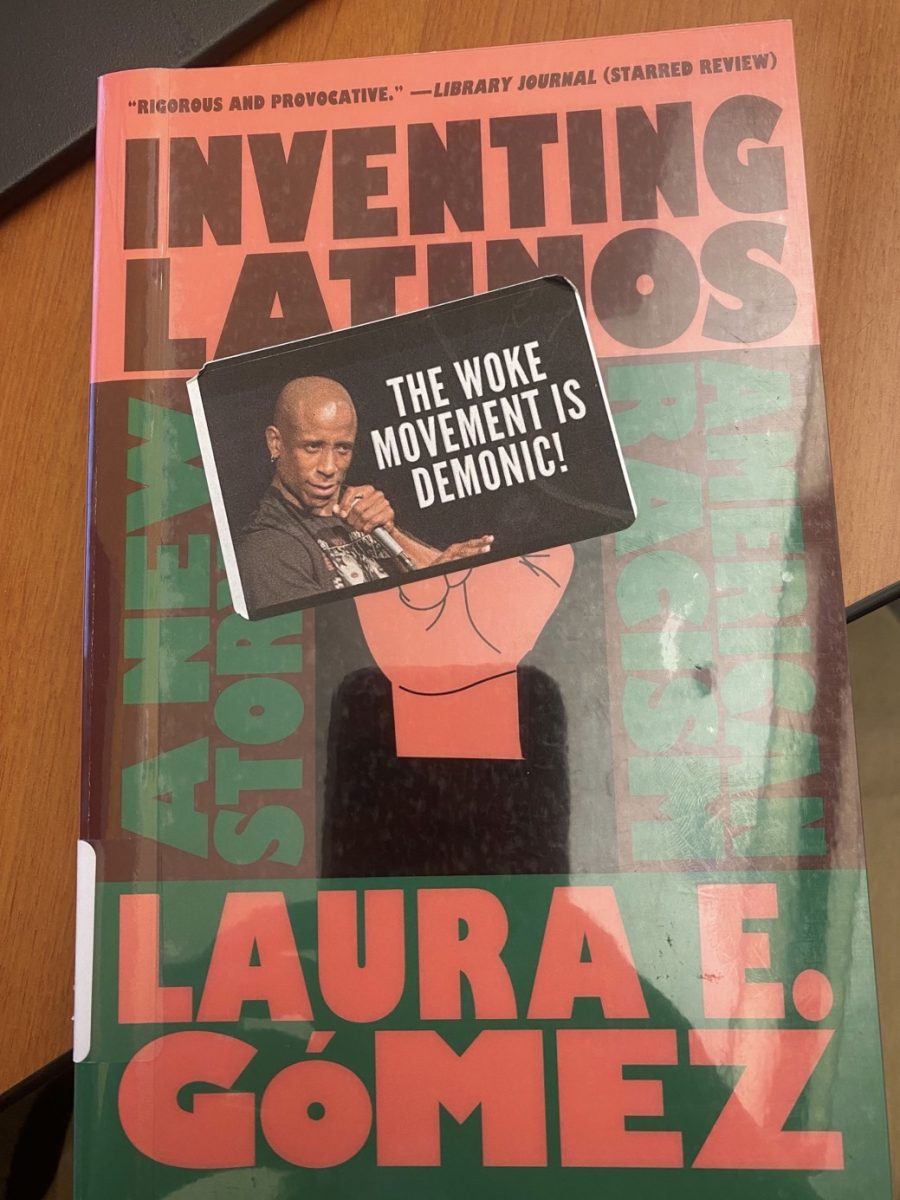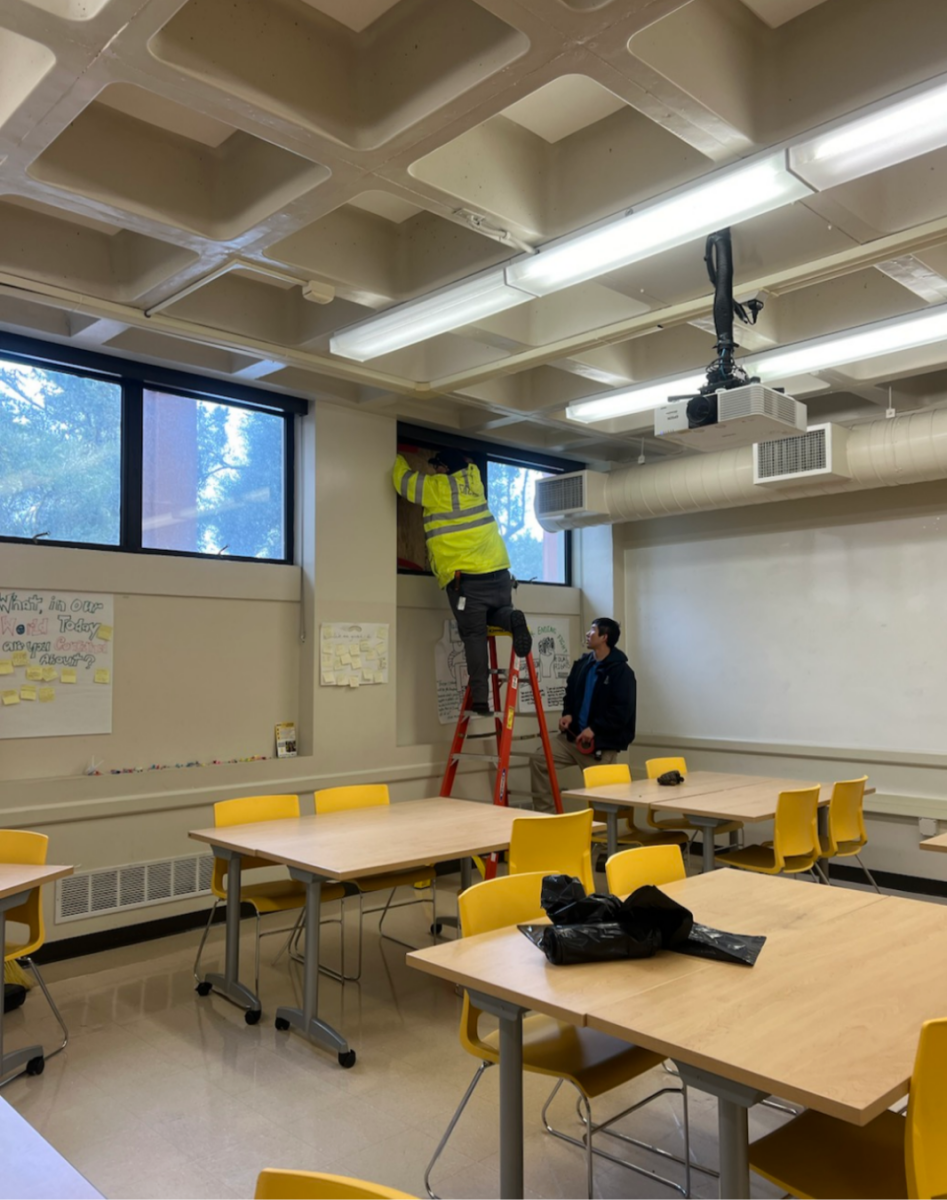The San Mateo County Community College District is on the precipice of entering basic aid status for the 2012-2013 school year, which may cause a reduction in the number of students the campus can serve.
A decrease in funding would lead to basic aid status, which in turn would cause a reduction in the number of students the school could serve. Under current circumstances, the district will see a projected reduction of its workforce for the 2012-2013 school year.
The projection of the district’s descent into basic aid was given by Executive Vice Chancellor Kathy Blackwood during the January 25, 2012 meeting of the district’s Board of Trustees. During the budget report, Blackwood found the status of basic aid to be unavoidable for the district.
“Every scenario that I run says that we will continue into basic aid until the next year,” Blackwood said.
Determining if a district requires basic aid status relies primarily on the amount of revenue the college district generates through both property taxes and enrollment fees. These two sources of revenue are deducted from the state calculated revenue limit for the district, and the difference is covered through state apportionment funding.
However, if a school fills their revenue limit with enrollment fees and property taxes alone, then the state will not provide apportionment funding. This problem is exacerbated by the district’s revenue limit being lowered, due to state cuts.
Skyline’s director of business services Eloisa Briones summarized the situation facing the district.
“With the budget reductions, this [revenue limit] has been shrinking” said Briones. “What’s happening now is the amount of money we are supposed to get, because of budget reductions, is going down.”
Briones went on to state that the status of basic aid is not a static title, and that the districts can, in time, begin receiving state apportionment funding again.
“There are districts that go in and out of basic aid” said Briones. “Once you get there, there’s no guarantee that you’ll [remain].”
The possibility of the district moving away from basic aid hinges on an assortment of different factors, such as less severe cuts to the district and its revenue limit, or changes in state projections for the revenue generated in the upcoming year.
Currently, there are only three other districts in the state that have entered into basic aid. Briones noted that it is a somewhat uncharted area for the campus.
“This is something new for all of us,” Briones said.














